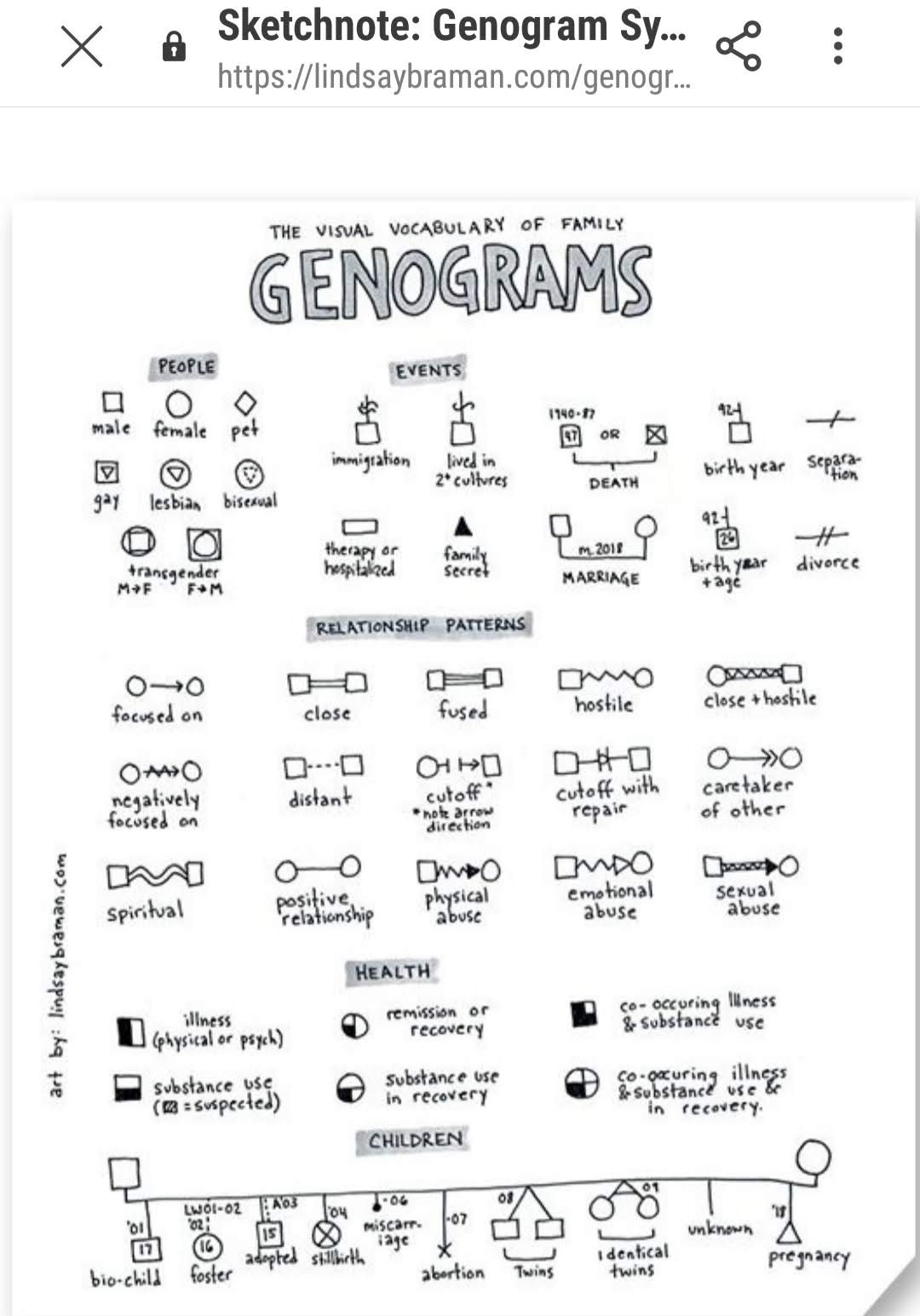Family Early Help
This section gives some tools you could use to begin to understand the family system or 'ecology'. This isn't limited to just their immediate relationships. You can, and should, expand out to think about the wide group of people and places in their lives, to help you really connect with what 'life is like for this family'.
Social Ecology Model
A classic from Bronfenbrenner, the social ecology model helps you get curious about what makes 'you you' - what are all the people, things, places and influences in your world, and how do they all interact together. You can find out more about Bronfenbrenner's social ecology theory here Bronfenbrenner's Ecological Systems Theory | Simply Psychology
Here are two examples of thinking from a social ecological perspective (credit to @julietyoung and @clinpsych-ind), and a template for you to use to do your own version with a child. It might help with 'zooming out' and get a wide perspective on the child's world.


Tree of Life
A creative method to help explore a family history, significant people and events, and gifts and strengths in a family . The tree can be drawn by the parent or child who could take a photo and send it to the worker, or described to the worker to draw for them. An FSCF worker also did this activity with a parent during a video call.
Why not ask all the family members to draw or make their tree of life to make a forest of trees!
Away Day Tree of Life presentation
Tree of Life Step By Step Explainer

Relationship Map
One of our old favourites, this can be a simple way to find out who the people are in a child's life, who they care about and who cares about them. This can be family, friends, teachers, sports coaches, religious leaders - enable the child to list their own special people. One to also do with parents to understand who they love and trust. Helpful for thinking about social support networks (either child or parent), and particularly if you're thinking about an FGC with the family.

Family Genograms
A family genogram creates a visual display of the childs family tree. You can do this on paper, or you could get creative and do a play genogram (see below). Make sure to add the symbols onto the genogram so you can make sense of whether the relationship feels strong, healthy or something different.
Information about genograms and free templates here:
and here is an anonymised example genogram:

Here is a list of the genogram symbols:



Play Genograms
Doing standard genograms with children can feel, well, pretty boring for them. So why not think about doing a play genogram? You could use figures (like this one), lego, drawings, colours, anything that the child would like to use.
Ask why they chose a particular figure to represent that person, to help you make sense of their world view of individual people in their lives. Allow them to list all the people who are important to them, whether they are related or not. It will help you map out who they care about, who cares about them, and how that person makes them feel.

Community Genograms
A community genogram is like a family genogram, but it is a visual image of the PLACES a child or young people goes rather than just people in their family.
It can be a really useful way of exploring extra-familial harm, as well as identifying places the child cares about or feels safe in, outside the family home. A really important tool to help us take a wide lens on the child's world. You can do a community genogram with a parent too, to help make sense of their wider world.
Think too about asking about places they don't go (for example "I wish i could go to my dads" or "I'd never go to X estate") to help open up even more exploration.
NOTE: why not explore a play community genogram - building a lego town of all the places a child goes can be much more fun!


Eco Maps
The ecomap is a visual display of the informal and formal systems in the child's ecology. So it looks beyond the immediate family tree, and tries to map out other relationships with people in the childs world, and how strong, healthy or otherwise those relationships feel like to the child.
Eco maps can be done with a child or with a parent (both are important to make sense of their whole world).
Here is an eco map template
